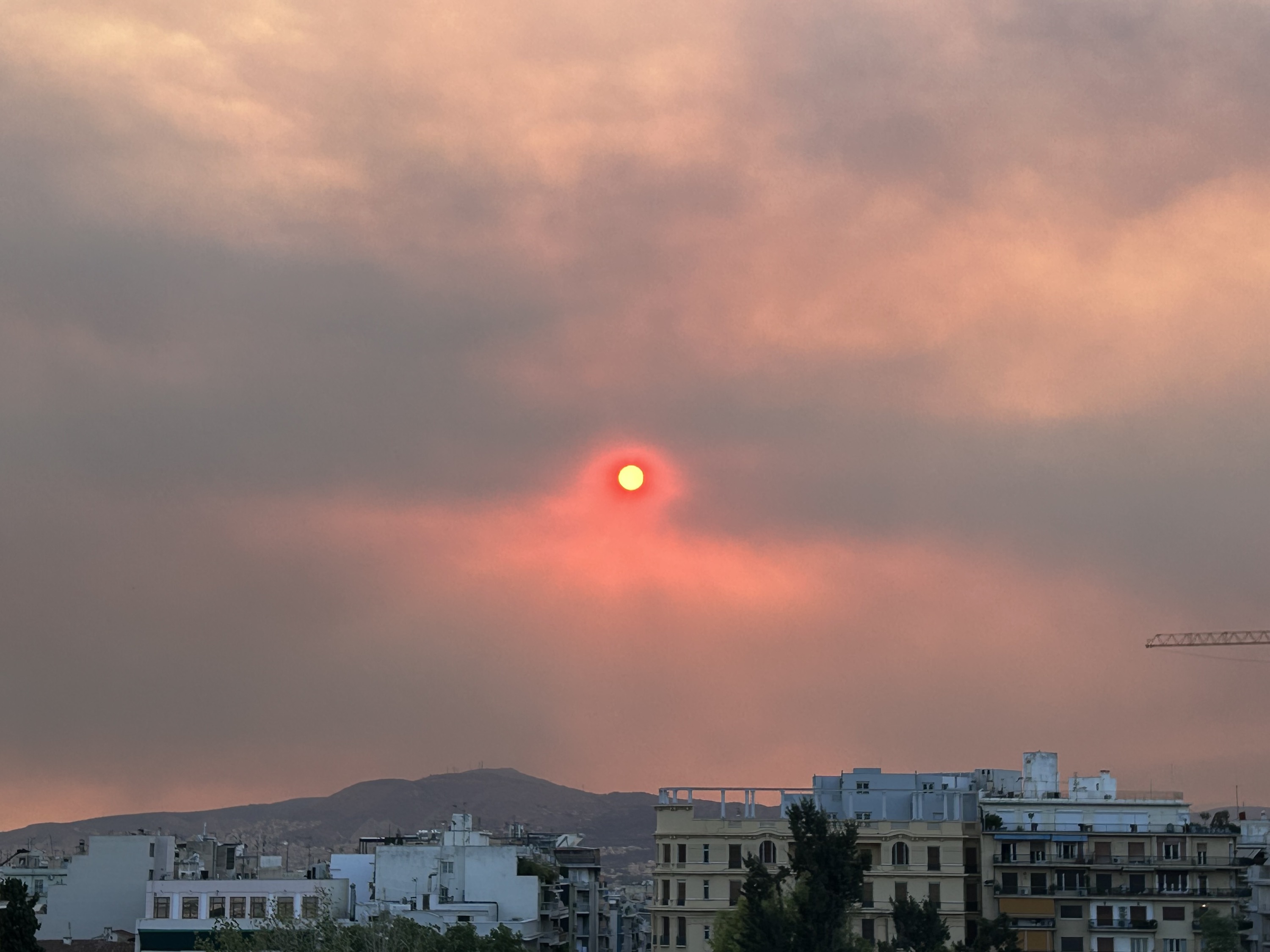Writing recently in the New Left Review, Hito Steyerl identified the tendency of machine learning networks such as Stable Diffusion to produce what she calls “mean images.” The word “mean” here carries several connotations, the most literal of which describes the process by which such networks aggregate existing images and out of them construct an average. Like statistical means, they do not bear upon reality except by analogy (that the average household in South Korea contains 2.4 people, for example, does not correlate to the actual number of people in any of them). This implies another way in which these images are “mean,” because they establish standards that are in reality unachievable: an AI-generated image of an “American citizen” describes no possible American citizen, but it does establish a visual ideal to which no living person can conform. Moreover, these technologies depend upon categories that must always be contested (what is a household, after all, or a citizen?), and so the images they produce are “mean” in the sense of exclusionary. Steyerl goes on.1
We might speak in much the same way of “mean texts.” The ideas, if they can be so-called, produced by such language models as ChatGPT are statistical abstractions. They bear no direct relation to reality, being only a standardized rendering drawn from existing data. All of this has been written about extensively elsewhere, but the upshot is that these texts are comparably “mean”: they establish a consensus that does not correspond to any thinking subject’s real opinion, they disregard as insignificant any exceptional position, they reinforce existing categories, they are materially poor, they are by definition mediocre. A mean image reproduces the way that a thing should look according to the prejudices of the day; a mean text simply tells you what those with any authority in the culture have already pronounced.
Neither the mean image nor the mean text pays any attention to the thing itself. If you ask a machine learning network to generate an image of a rose or to describe it in language, it will not go and look very carefully at a rose. It will instead summarise what a rose is reported to look like, according to sources that must be out of date by comparison to any rose observed now. These “mean” compositional methodologies are not limited, of course, to artificial intelligences. Gustave Flaubert was satirizing the tendency to build the world out of received ideas as far back as 1881, when the proliferation of encyclopedias in the wake of the European Enlightenment had made it possible for people to hold violent opinions about things they had never seen, people they had never encountered, and places they had never been.
It might be argued (it is convenient for us to argue) that art criticism works against this tendency. It is firstly (if not finally) the record of an individual subject’s emotional and intellectual response to their encounter with a work of art. This is not to say that it is unmediated, or that the writer is in any sense free of those biases or principles that will condition their response to the work. But it is not—or should not be—merely an aggregation of all the existing opinions on that thing, weighted towards those with the greatest perceived authority (unless we are reducing the discipline to lists of what is supposed to be “hot or not”). Instead, the reader should be able to recognize the position from which the writer is speaking and the values they are applying, and to consider their own in relation to them. Criticism is thus a field in which differences are sharpened and brought into contrast, rather than reduced to the “blurry” representations of aggregated perspectives. It is attention to the thing itself that works against the reduction of opinion to the mean, and the corresponding production of mean—hedging, poor, uncritical—opinion. It is to that form of attention that this publication is dedicated.
Each month, to accompany the editors’ letter, e-flux Criticism publishes a photograph from an artist or writer’s place of work. The above photograph was taken from the editor-in-chief's desk in Exarchia, Athens, during the forest fires that blanketed the city in smoke.
Hito Steyerl, “Mean Images,” New Left Review, 140/1 (Mar/Jun 2023). Accessible at: https://newleftreview.org/issues/ii140/articles/hito-steyerl-mean-images.
